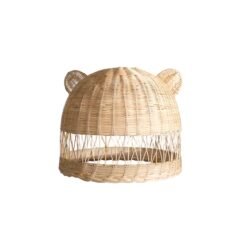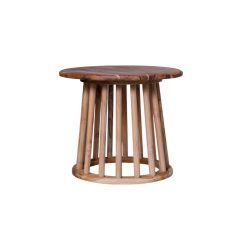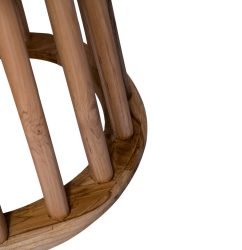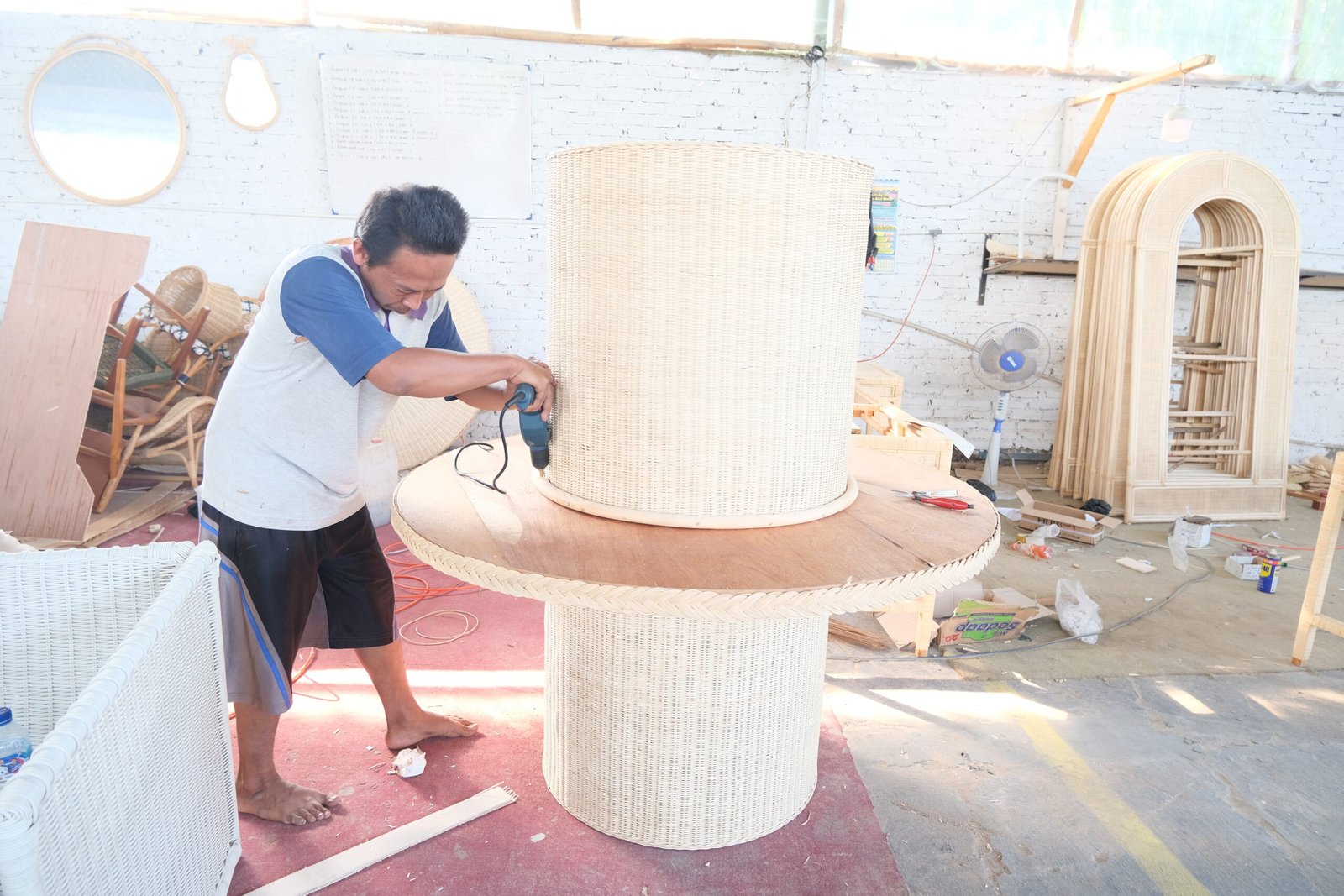Exporting rattan furniture is an excellent opportunity to reach global markets and grow your business. However, setting the right export price is crucial to stay competitive while protecting your profit margins. Let’s break down the key factors and best practices in pricing rattan furniture for international buyers.
1. Understand Your Costs
Before setting any prices, calculate all your production costs, including:
✅ Raw materials – rattan, wood frames, cushions, finishes
✅ Labor – wages for artisans or factory workers
✅ Overhead – electricity, rent, equipment maintenance
✅ Packaging – boxes, pallets, protective materials
✅ Logistics – local transport to port, loading, documentation
✅ Export taxes and duties – depending on your country’s regulations
By adding up these costs, you’ll establish a minimum selling price to avoid losses.
2. Research Market Trends
It’s important to understand what similar rattan furniture sells for in your target export market. Conduct market research on:
- Competitor pricing (both wholesale and retail)
- Market demand and trends (styles, colors, finishes)
- Customer purchasing power in that region
This ensures your pricing is competitive while aligning with buyer expectations.
3. Include Profit Margin
Once you know your total production and delivery costs, add a reasonable profit margin. For rattan furniture exports, typical gross margins range from 20% to 40% depending on:
- Product uniqueness
- Market positioning (premium vs. mass-market)
- Buyer volume (small orders vs. container loads)
4. Factor in Currency and Payment Terms
Currency fluctuations can affect your final earnings. Always price in a stable currency (usually USD or EUR) and account for:
- Exchange rate risks
- Bank charges
- Payment terms (e.g., LC, 30% down payment, etc.)
5. Comply with International Standards
Some markets (like the EU or US) may have furniture testing, certifications, or labeling requirements. Be sure to include the costs of compliance in your pricing, or clearly state if buyers will cover those costs.
6. Offer Flexible Pricing Options
Export buyers often appreciate flexible pricing models such as:
- Discounts for bulk orders
- FOB (Free On Board) vs. CIF (Cost, Insurance, Freight) options
- Payment installments for repeat customers
Flexibility can make your offer more attractive without sacrificing your margins.
7. Regularly Review and Adjust
Global shipping costs, raw material prices, and currency rates change frequently. Review your pricing every 3–6 months to stay profitable and competitive.
Final Thoughts
Pricing rattan furniture for export is a balance between understanding your true costs, researching market expectations, and adding a fair profit. With careful planning, you can set export prices that delight international buyers and ensure sustainable business growth.

